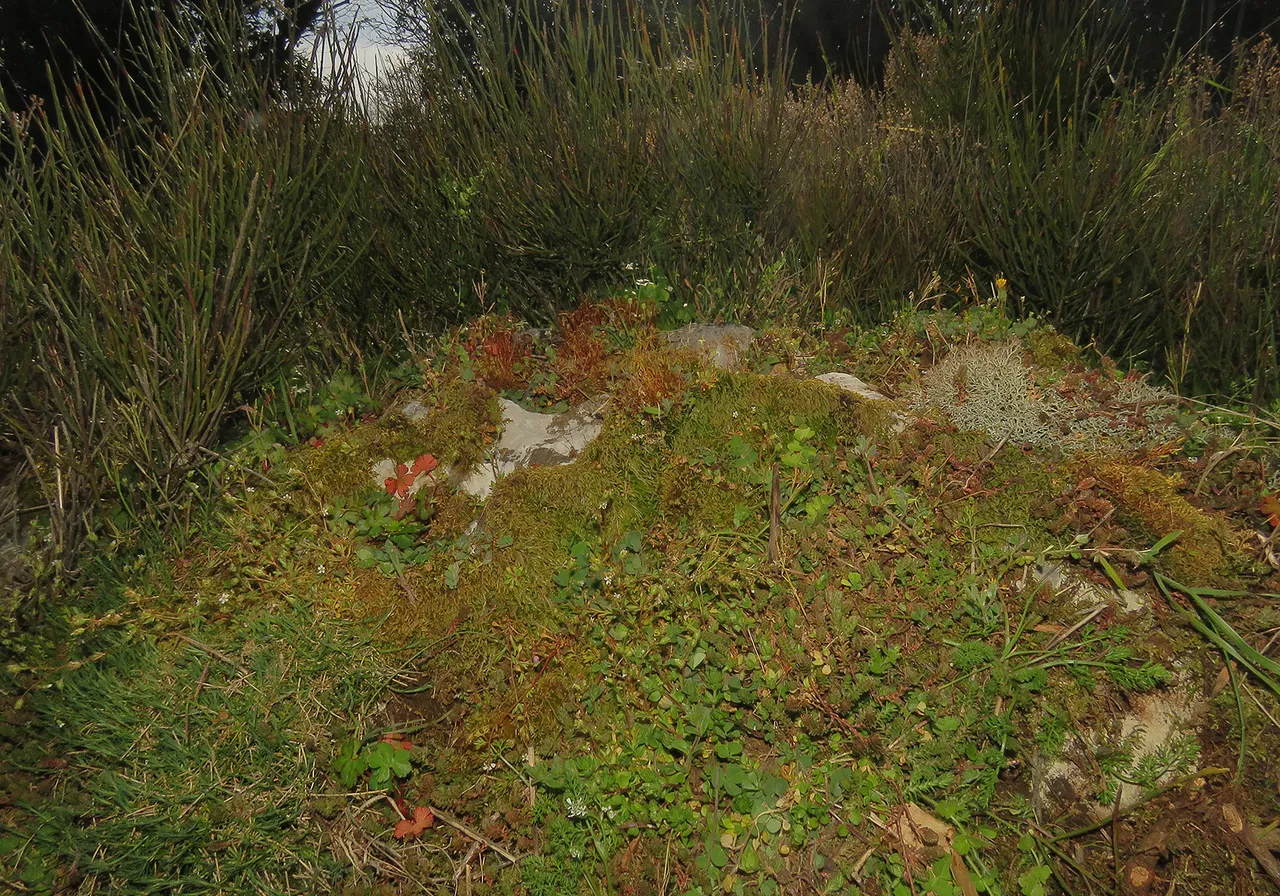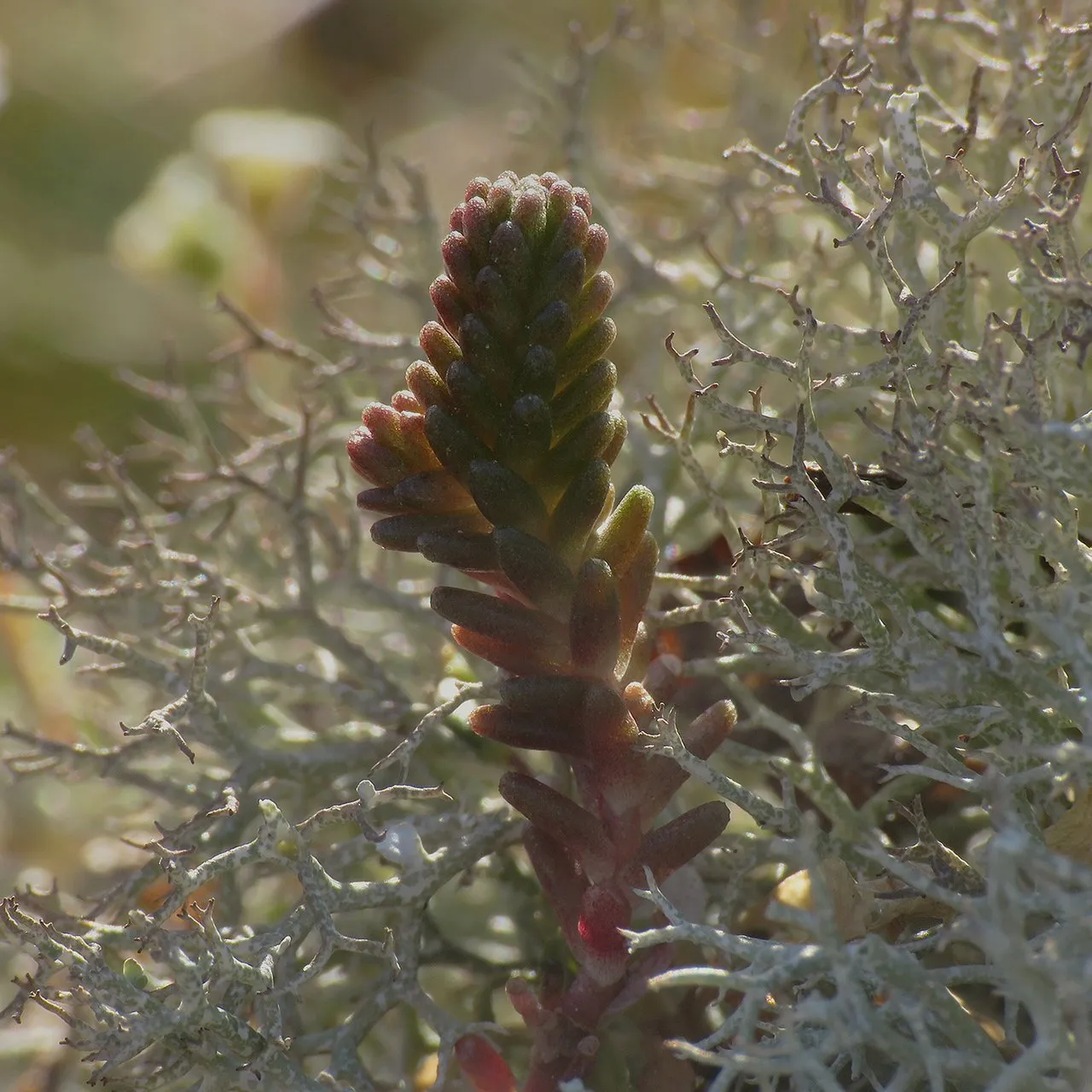I mean, it's not really a garden, because nobody cultivates it ...
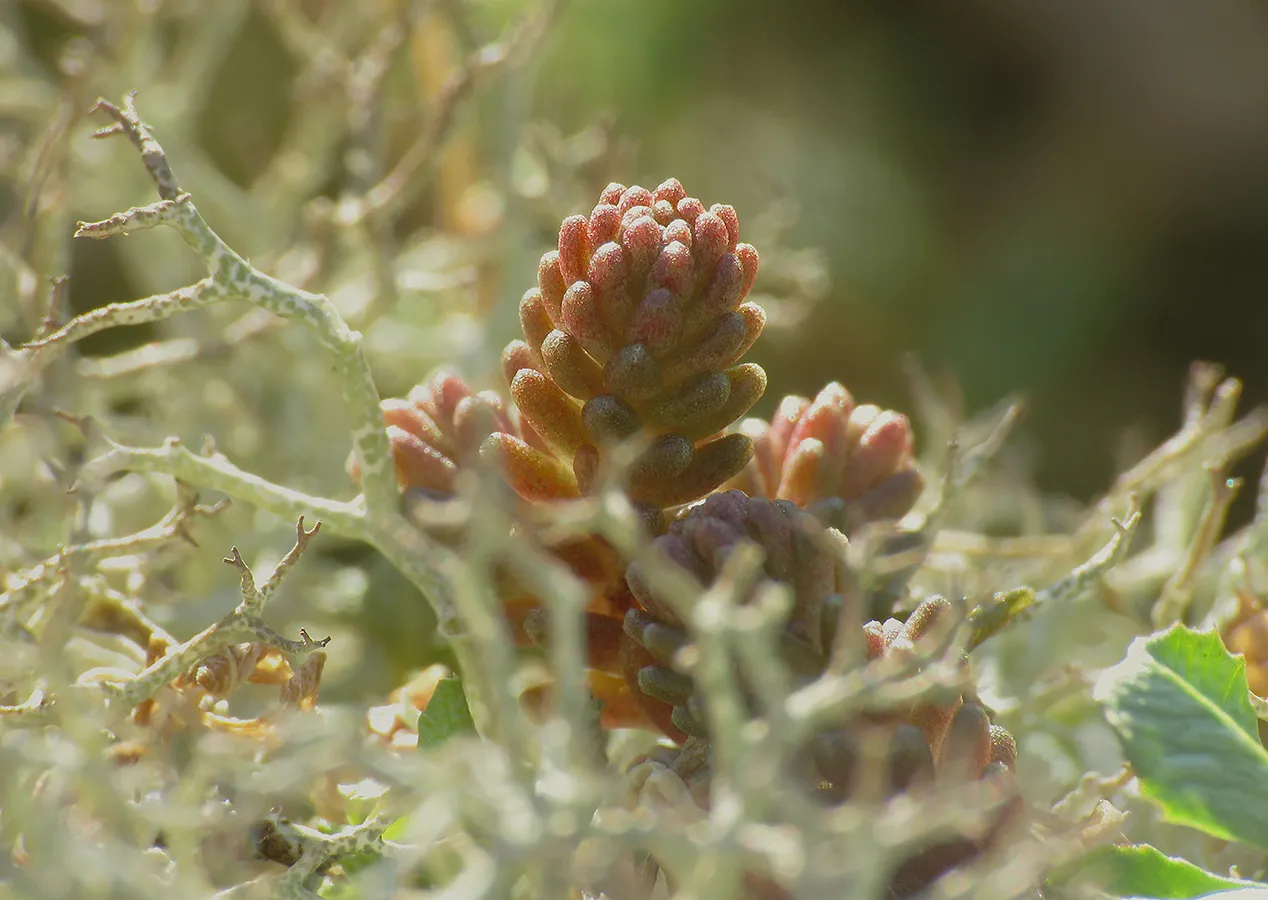
... but it definitively looks like one. Because just like gardens made by humans ...
... this community of plants that grew on the rock sprouting from the ground, has that clear, designed look and is limited to a small area surrounded by different, much taller vegetation.
The plant from the opening picture is called the Tasteless stonecrop.
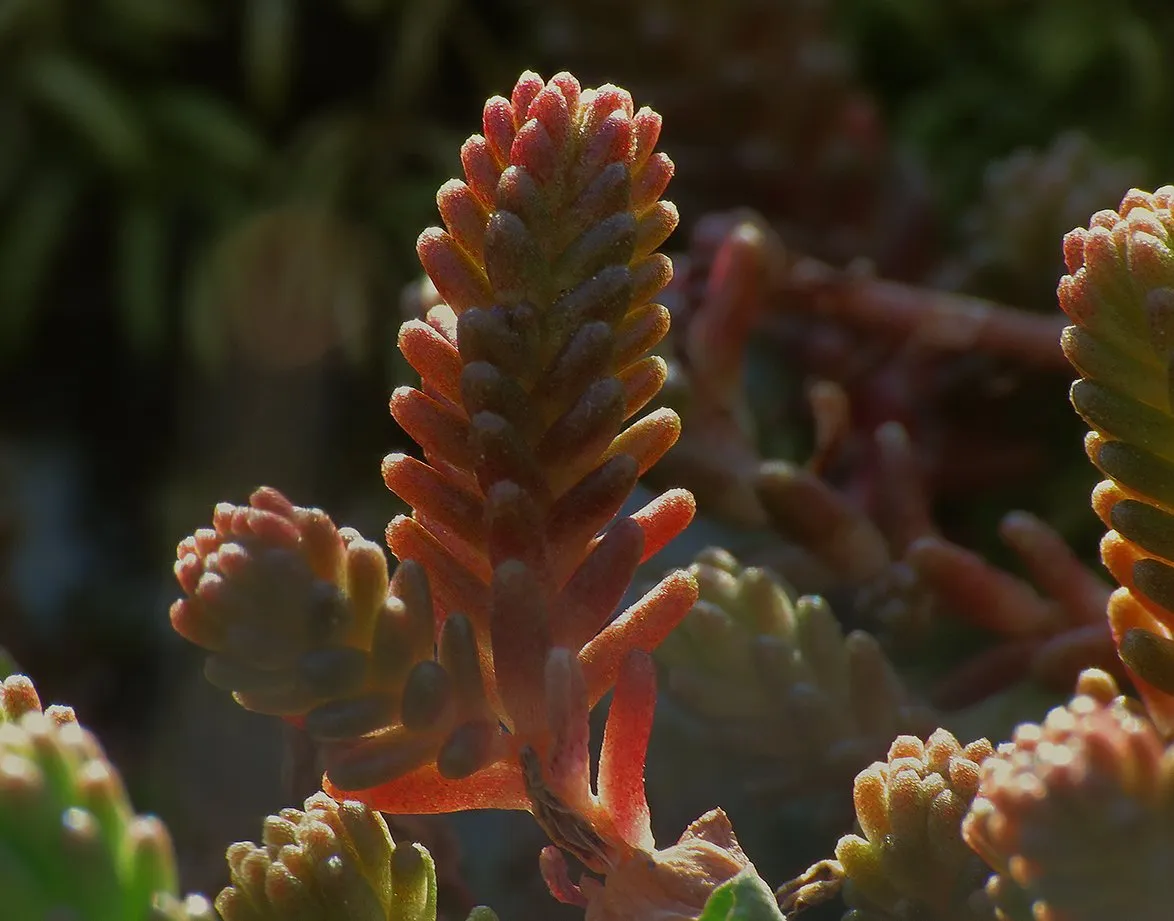
Sedum sexangulare is the scientific name. Here is growing wild, but is also used and cultivated as an ornamental plant.
In this photograph, you can see the Sedum sexangulare surrounded by intricate branches of some Cetraria lichen, don't know the exact species.
I like this photogenic plant arrangement very much.
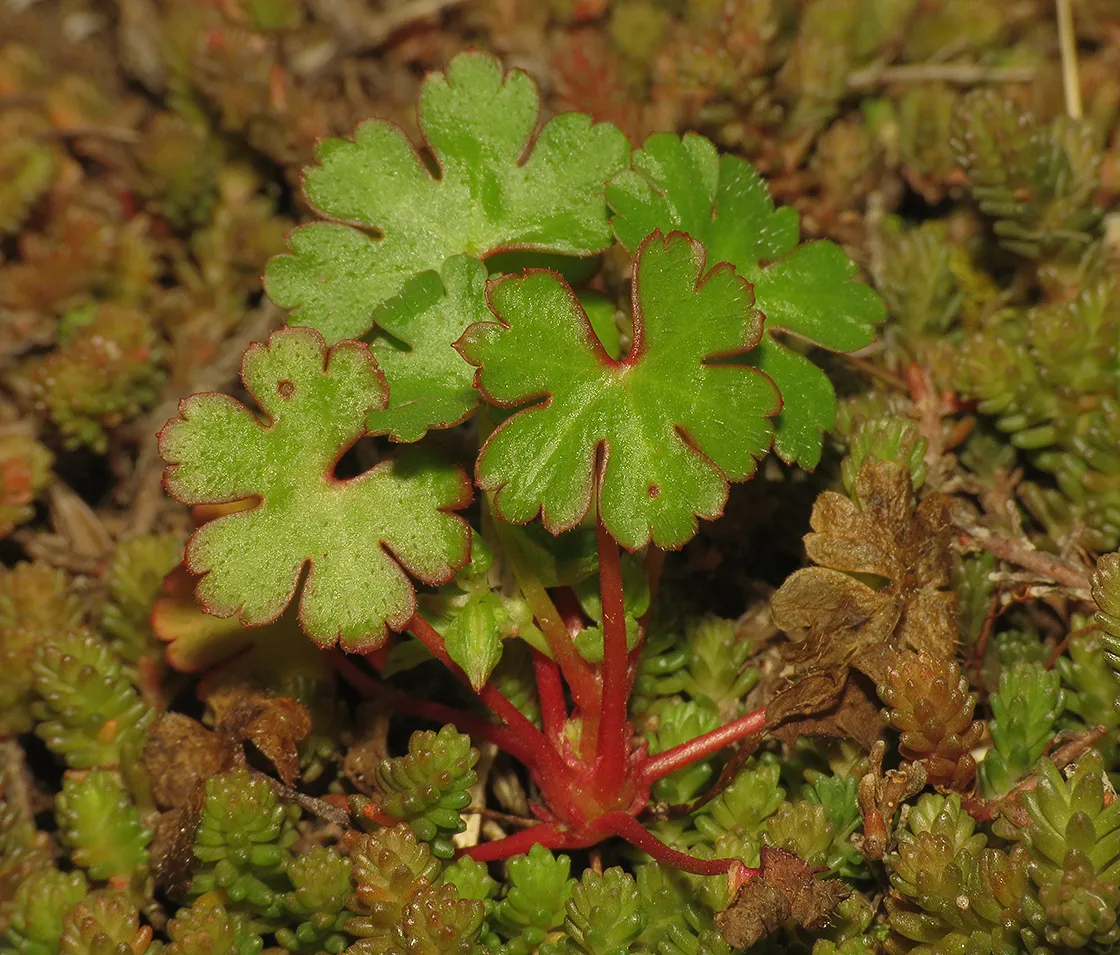
Here you can see the lovely leaves of the Geranium lucidum plant ...
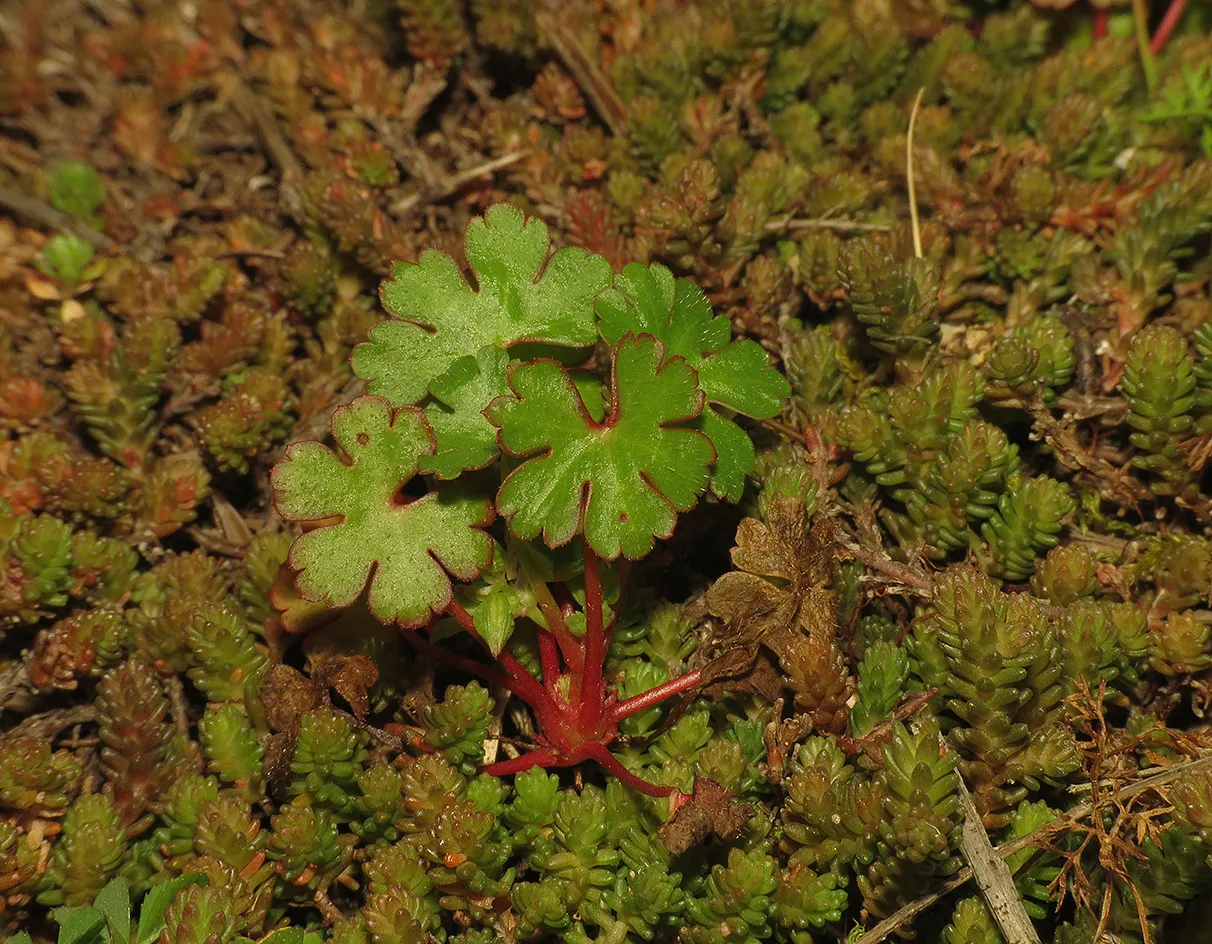
... that is growing surrounded by Tasteless stonecrop. I like this combination as well. Great natural gardening. Geranium lucidum is commonly known as Shining cranesbill.
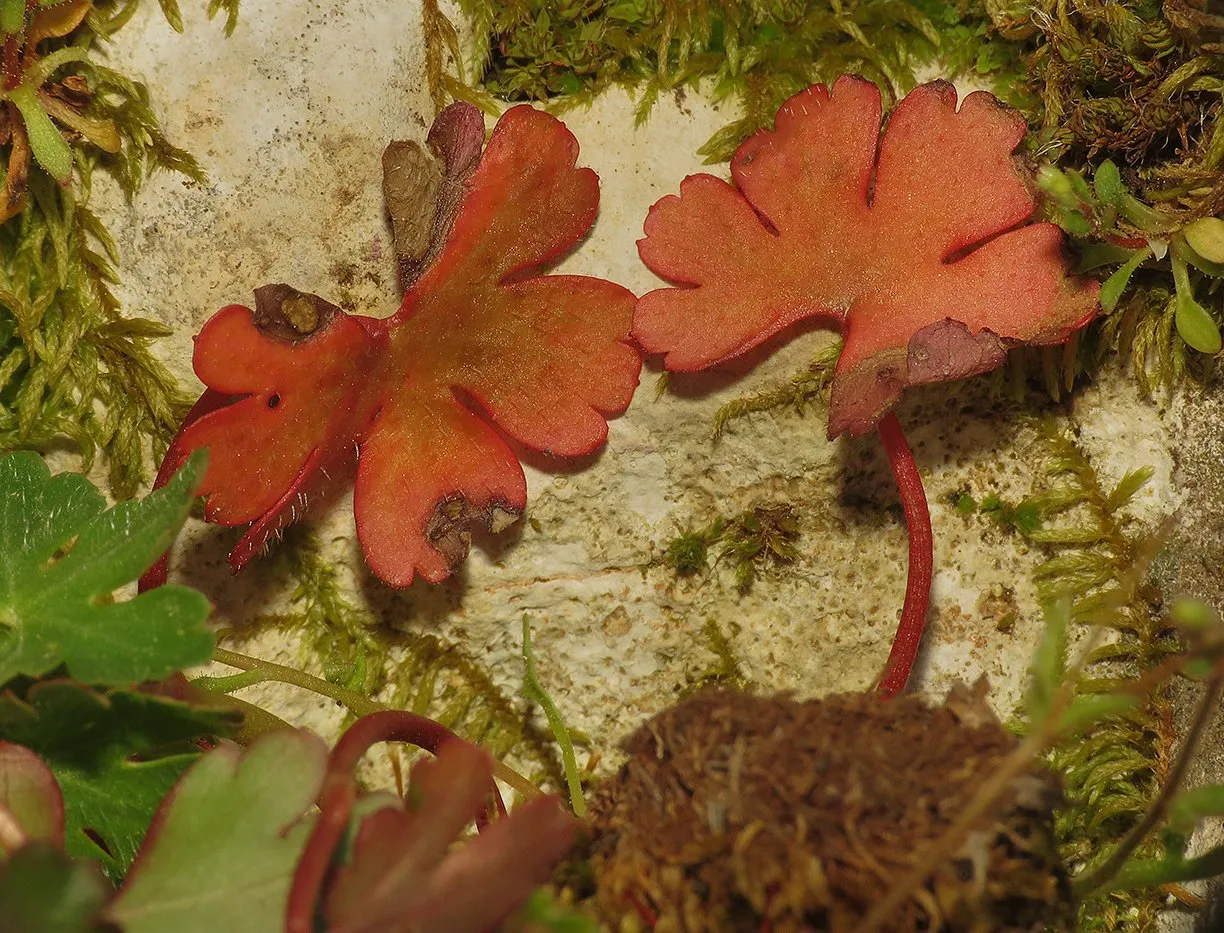
When the temperatures are low, some leaves turn completely red and look a bit like flowers from a distance. I took these photographs in early spring 2021. The nights back then were pretty cold.
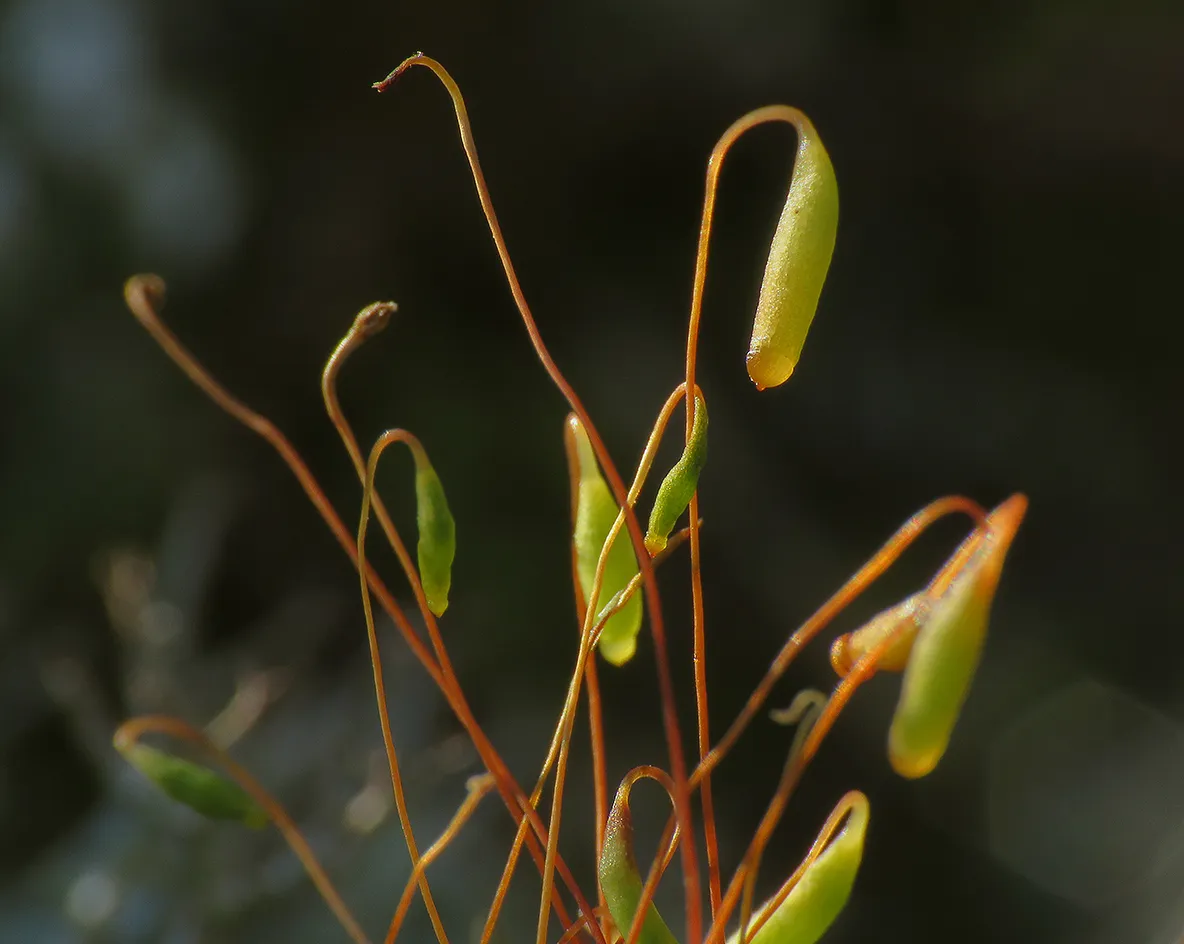
Relatively large areas of the rock were covered with moss. In this photograph, you can take a look at the capsules in which the spores are developing.
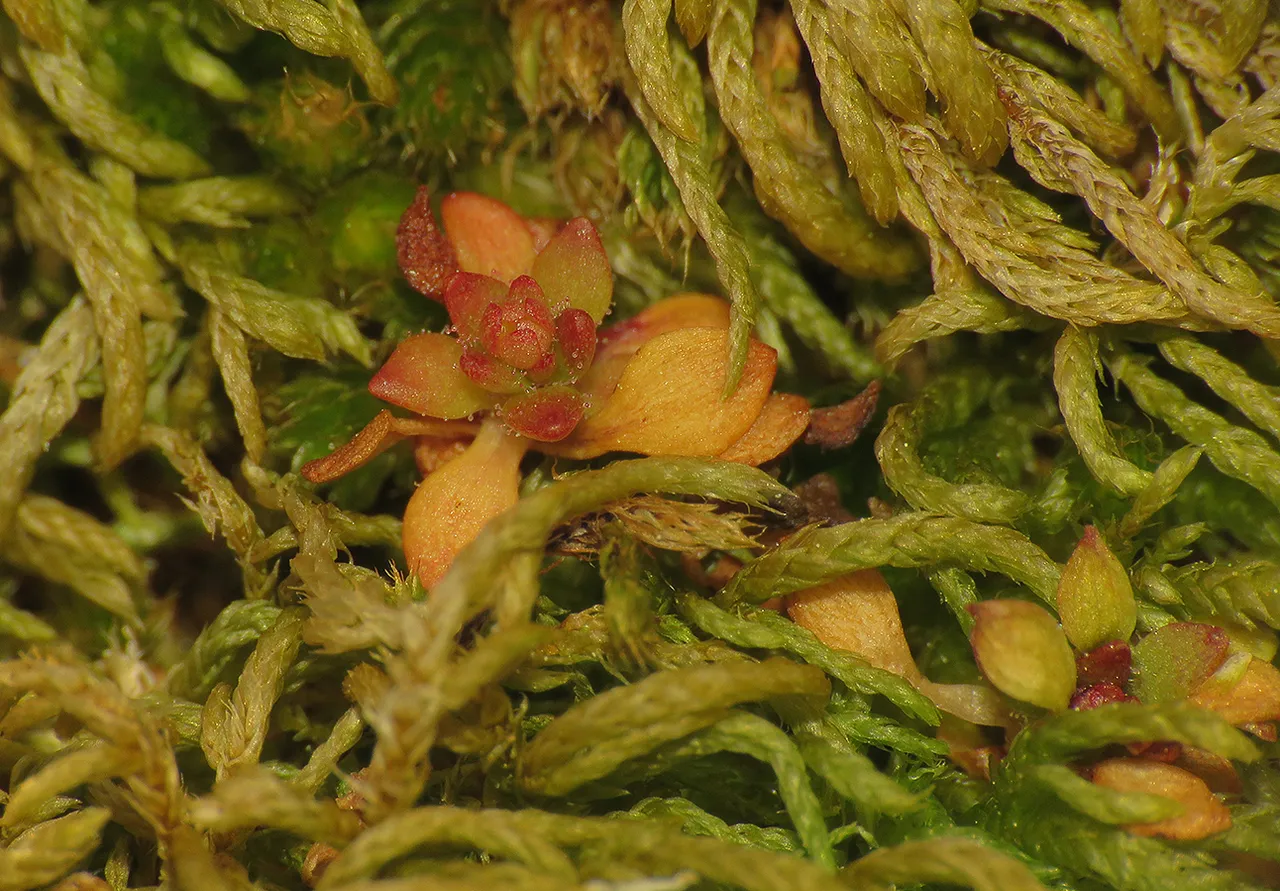
Here you can see the small, young shoots of the Saxifraga tridactylites plant growing through a carpet of moss.

The patterns made by a multitude of moss leaves and stems always look great.
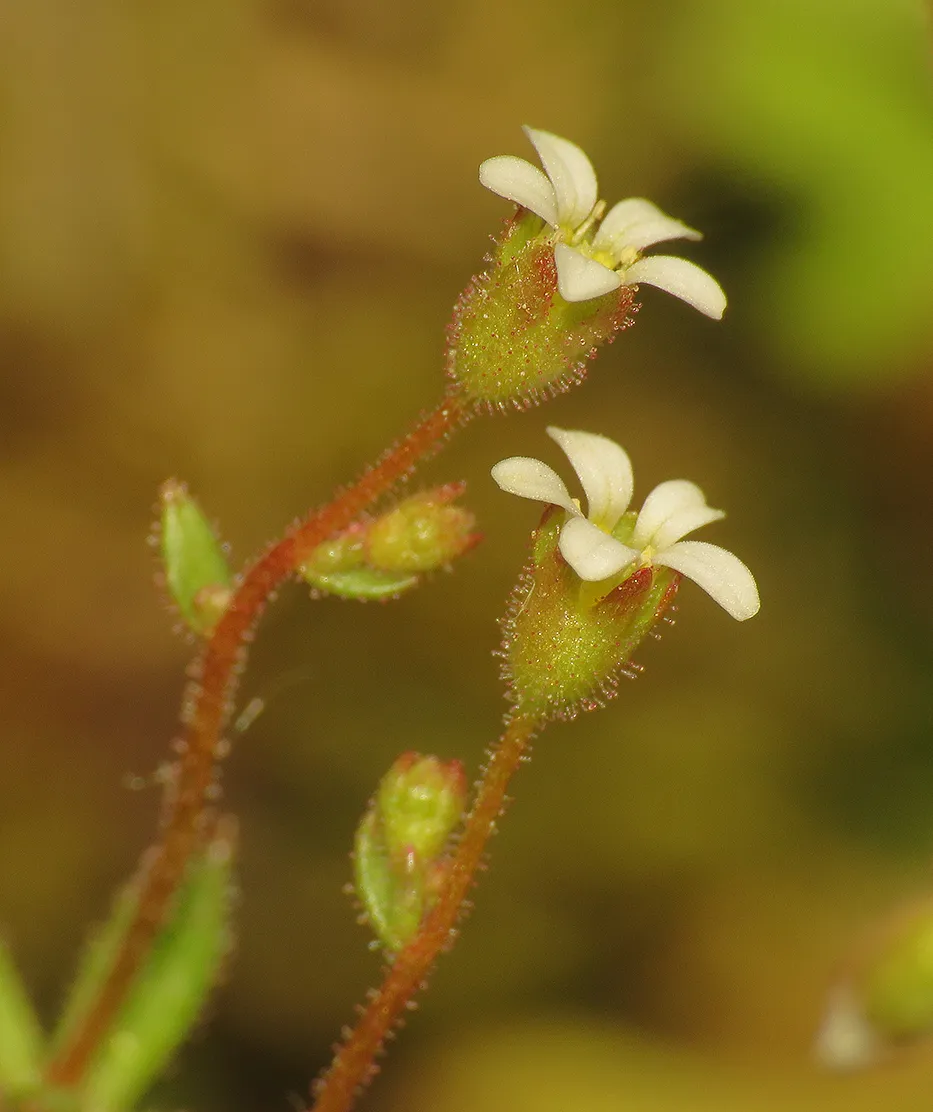
Here you can see the Saxifraga tridactylites flowers and in the following photograph ...
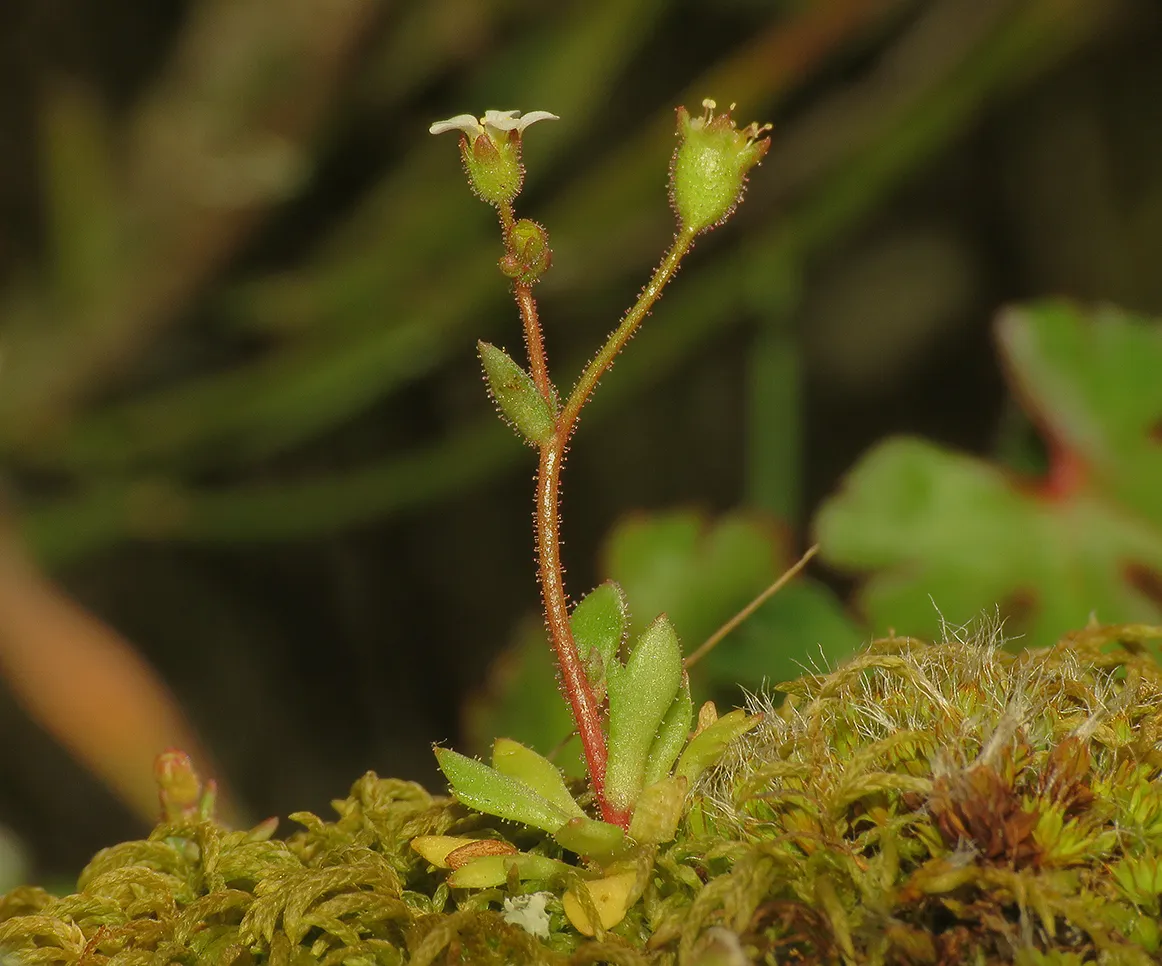
... you can take a look at the entire plant.
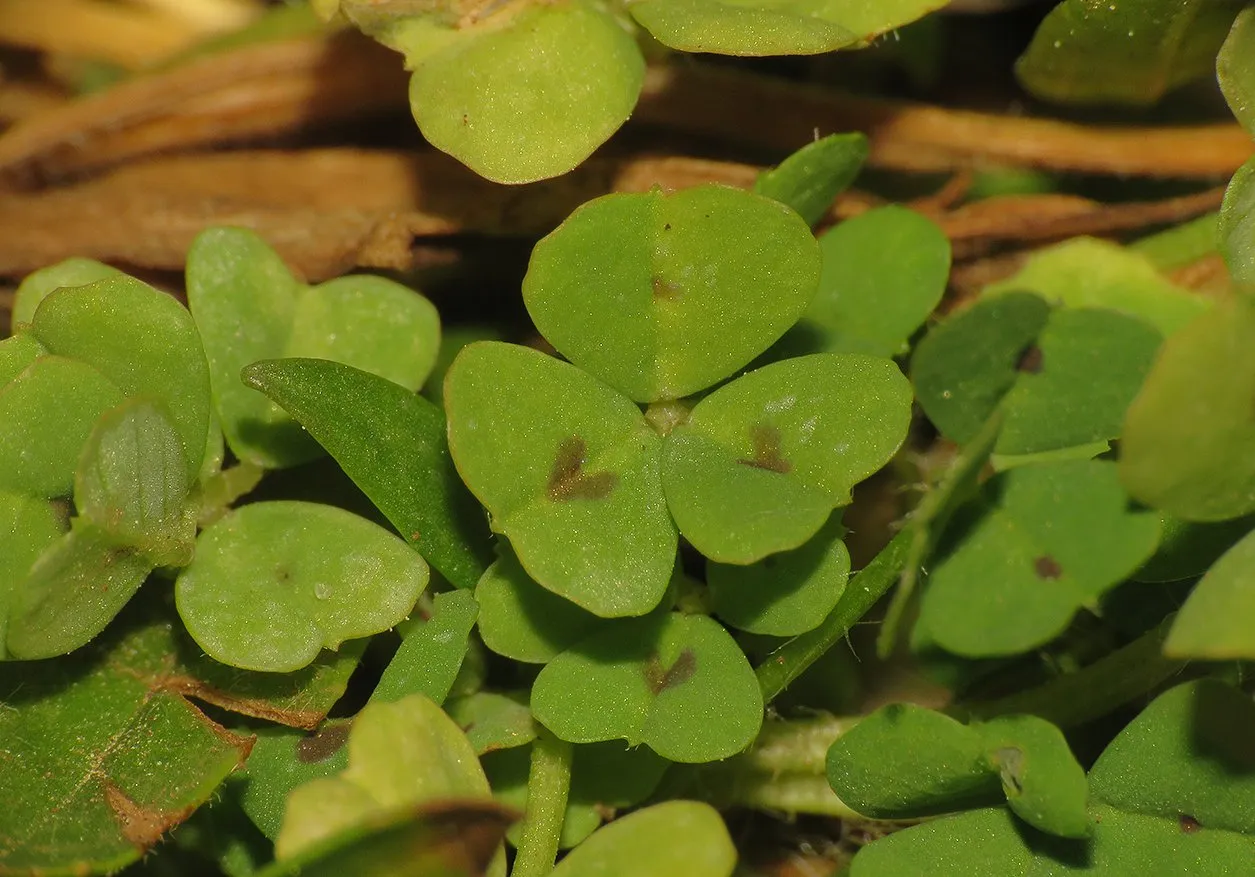
The Medicago arabica, commonly known as the Heart clover, was growing along the edges of the garden. You can see a pretty clear heart-shaped marking on one of these leaves.
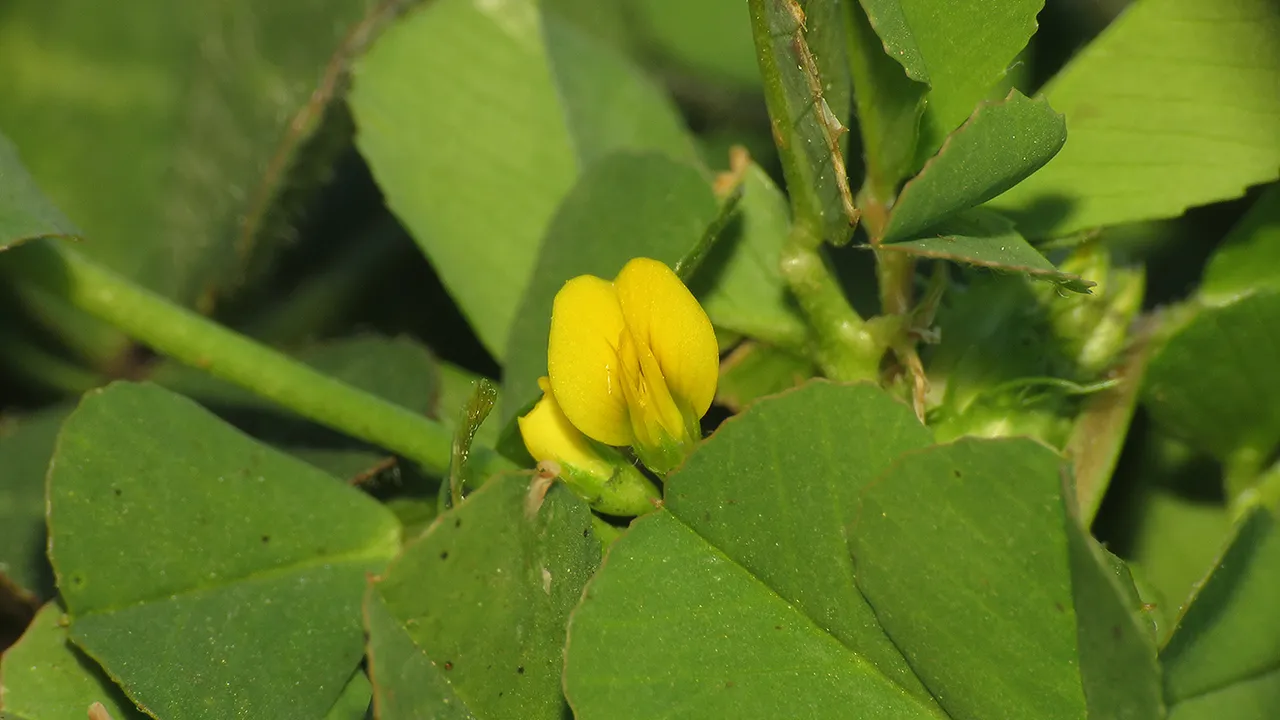
Here you can see the small, yellow flowers of this clover species. In the following photograph ...

... you can take a better, more macro look at those flowers.
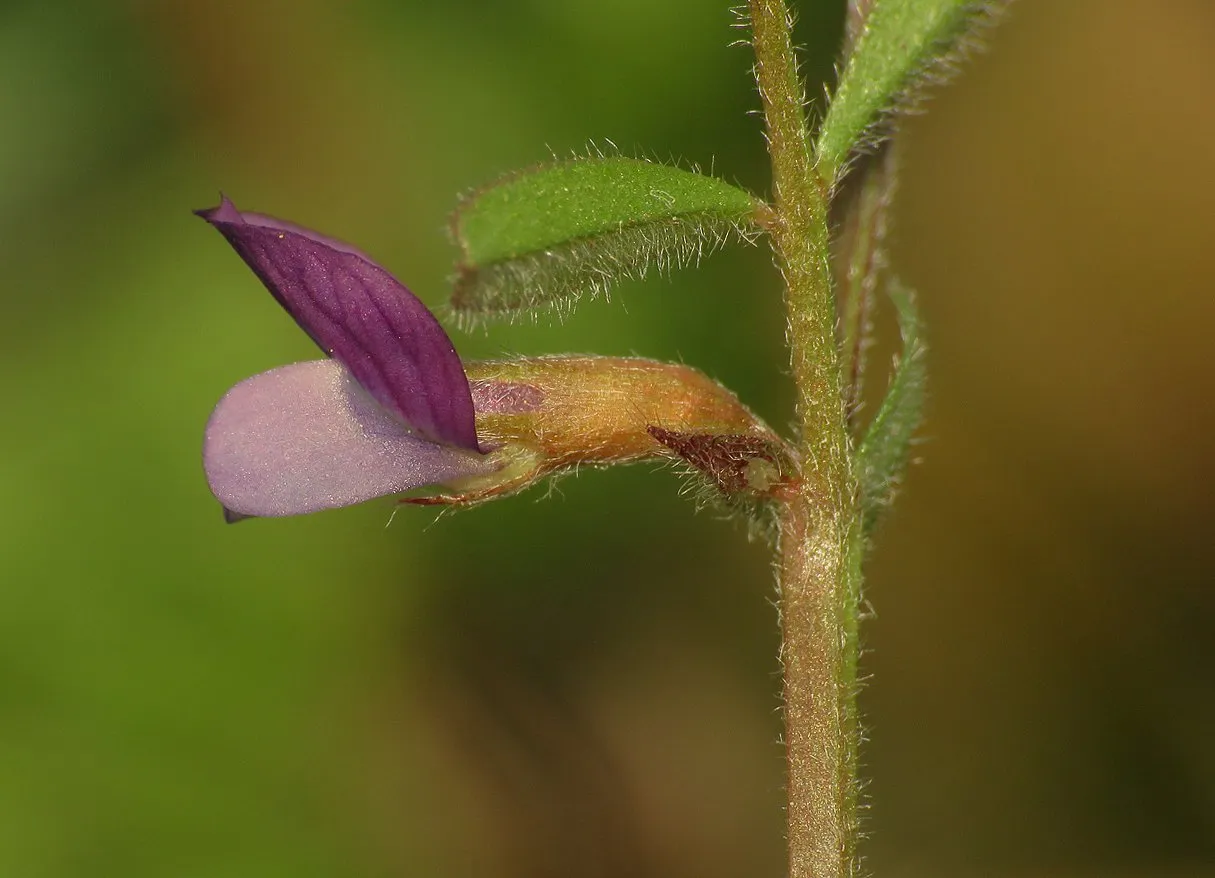
The Vicia lathyroides, a plant from the same Fabaceae family has similarly shaped flowers - but the colors are very different.
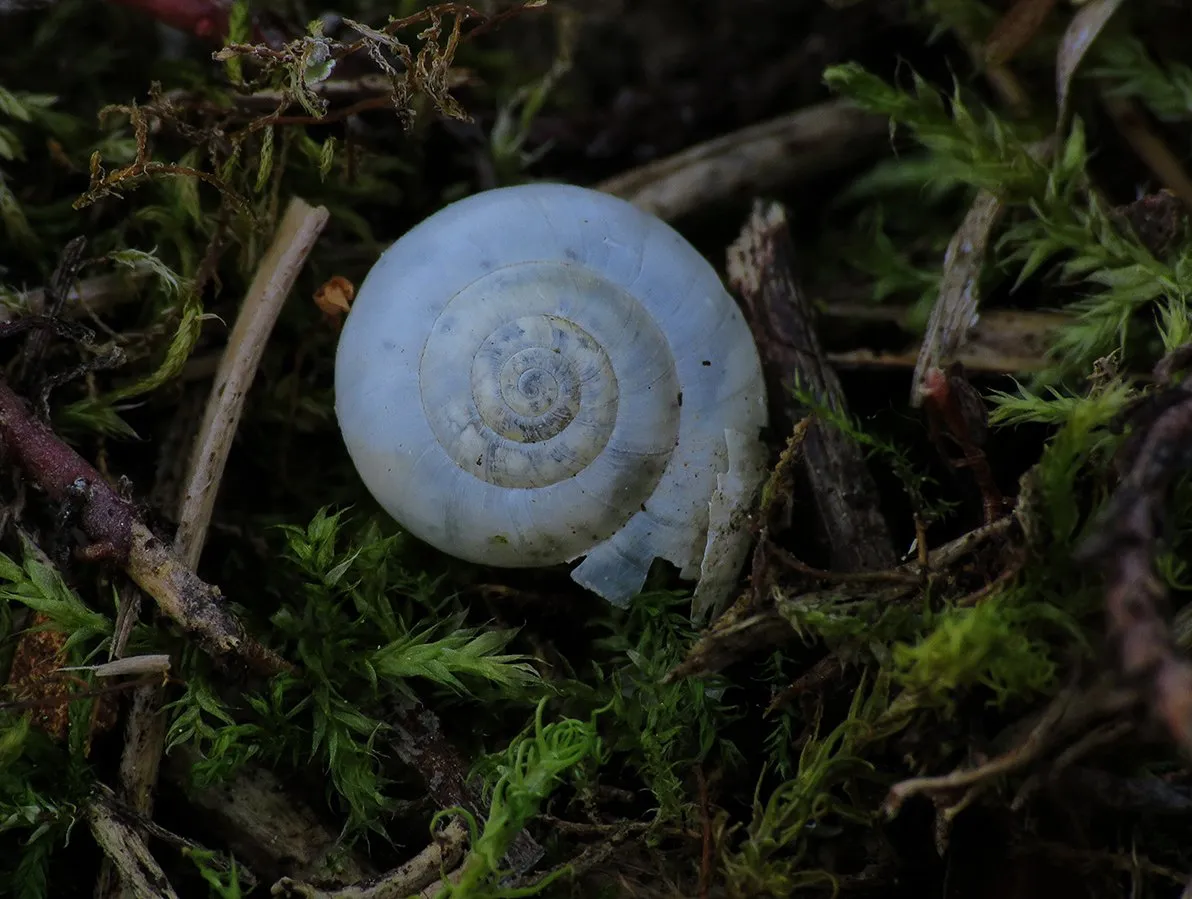
In some places, the garden was decorated with old, empty snail shells.
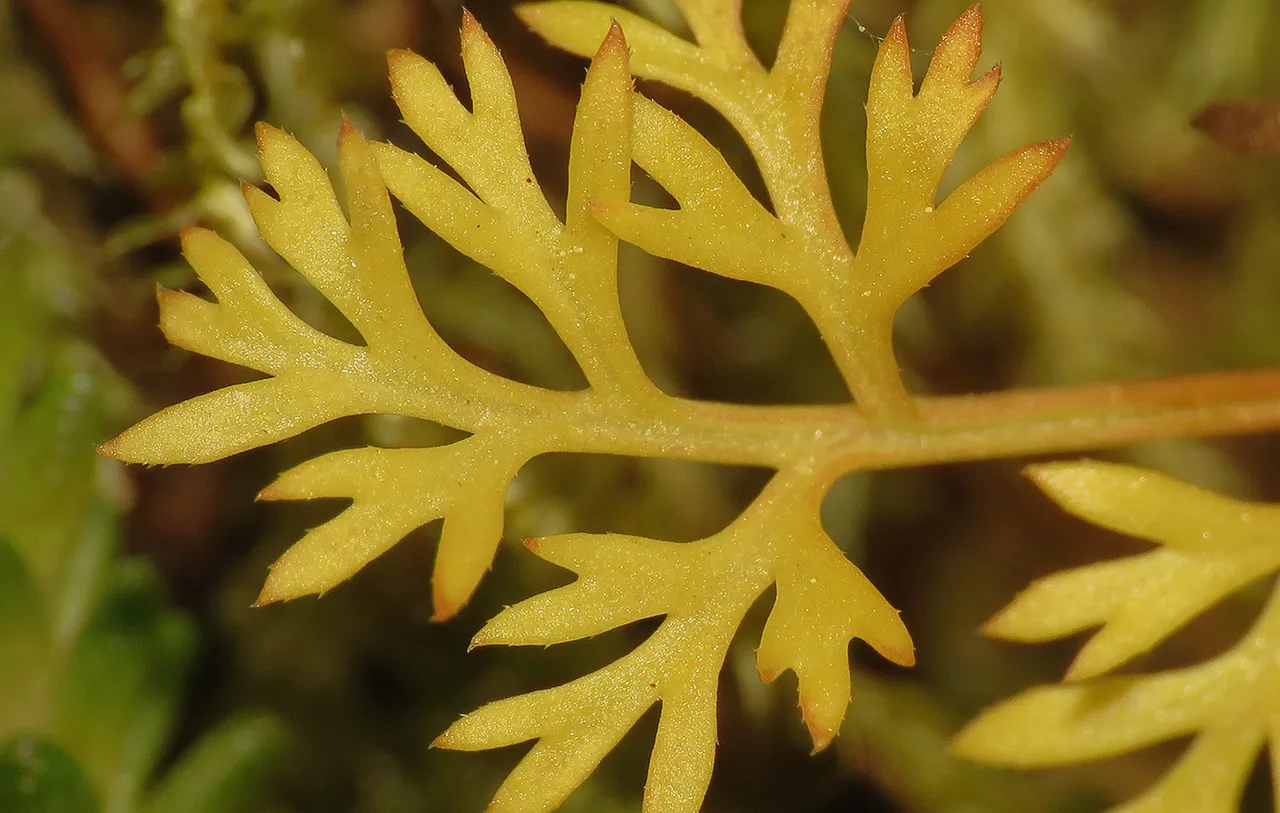
This is the intricate leaf ...
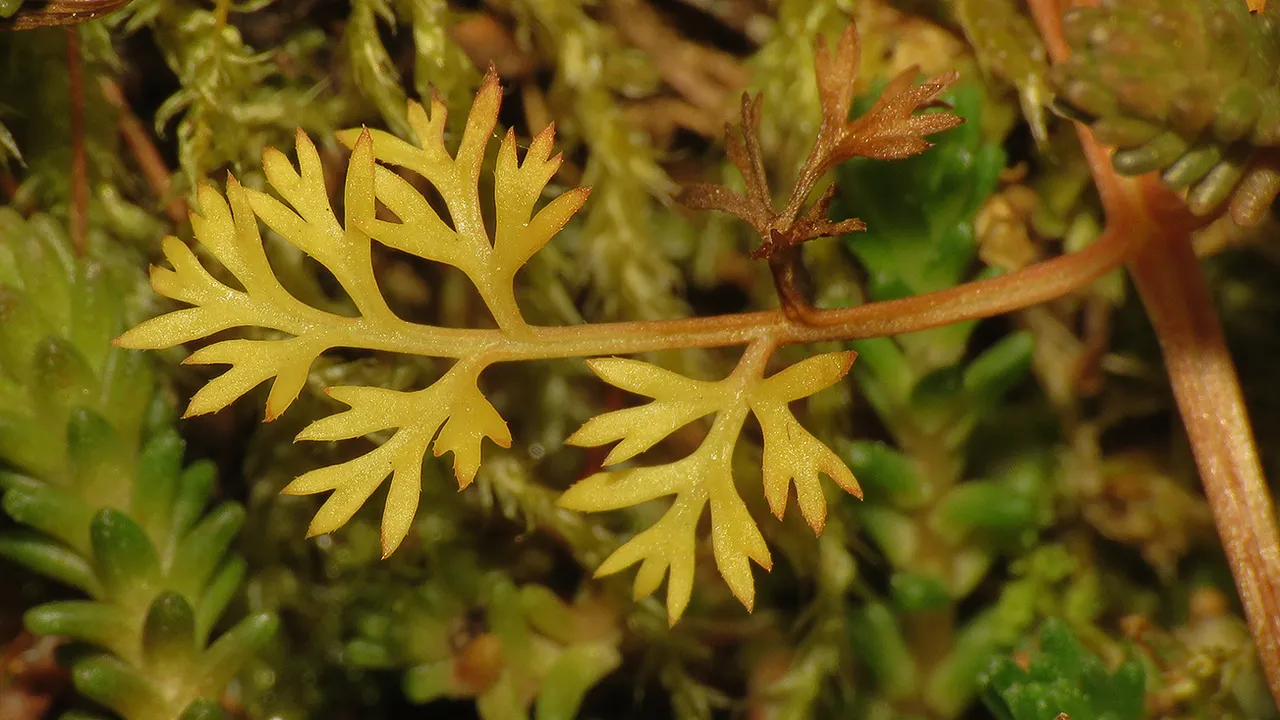
... of the Bifora testiculata plant. The leaf is yellow because stressed out by the temperature and hidden from the sun.
When the conditions are good the plant is green. Here you can see the Bifora testiculata flowers. And a bit of healthy greenery around them.
These are the small, star-like flowers ...
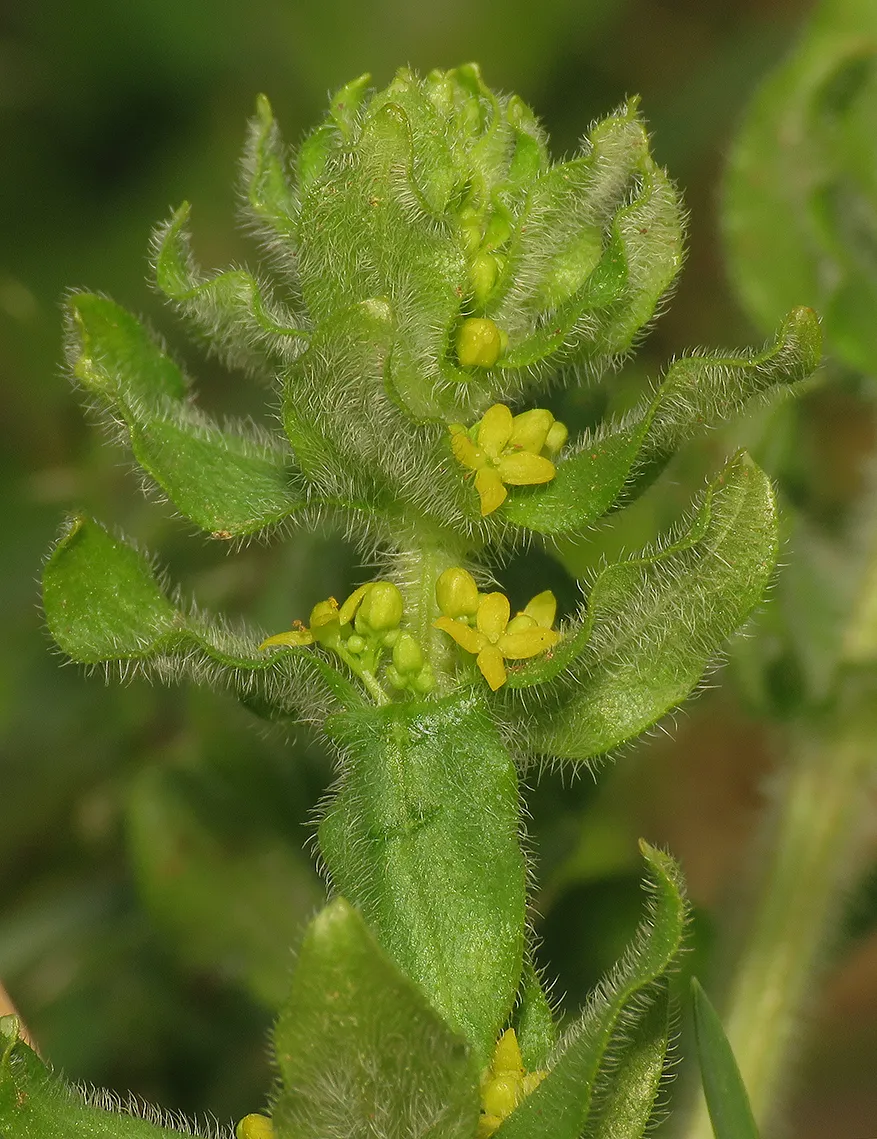
... of the Cruciata laevipes plant.
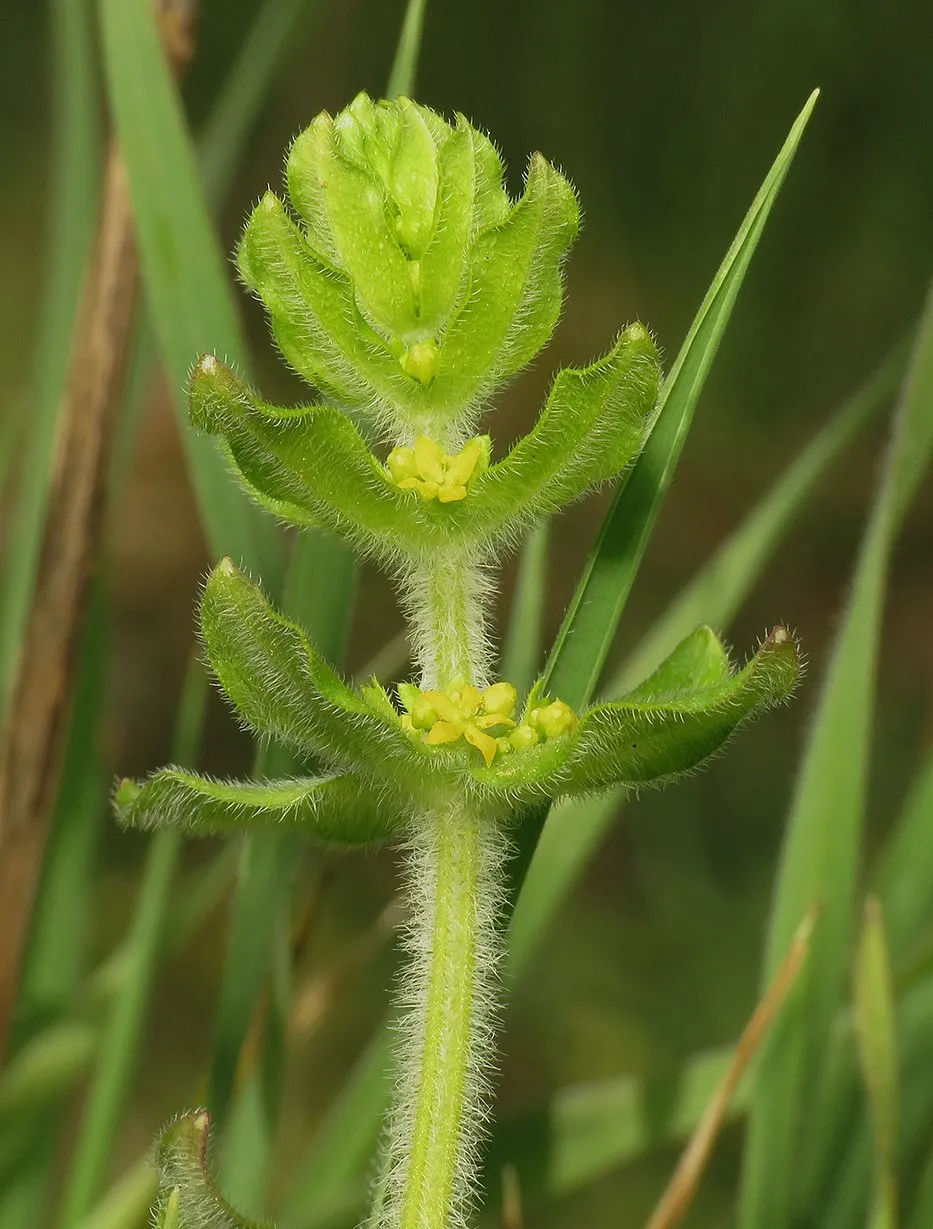
This hairy plant is commonly known as Crosswort or Smooth bedstraw.

Myosotis ramosissima, commonly known as the Early Forget-me-not ...
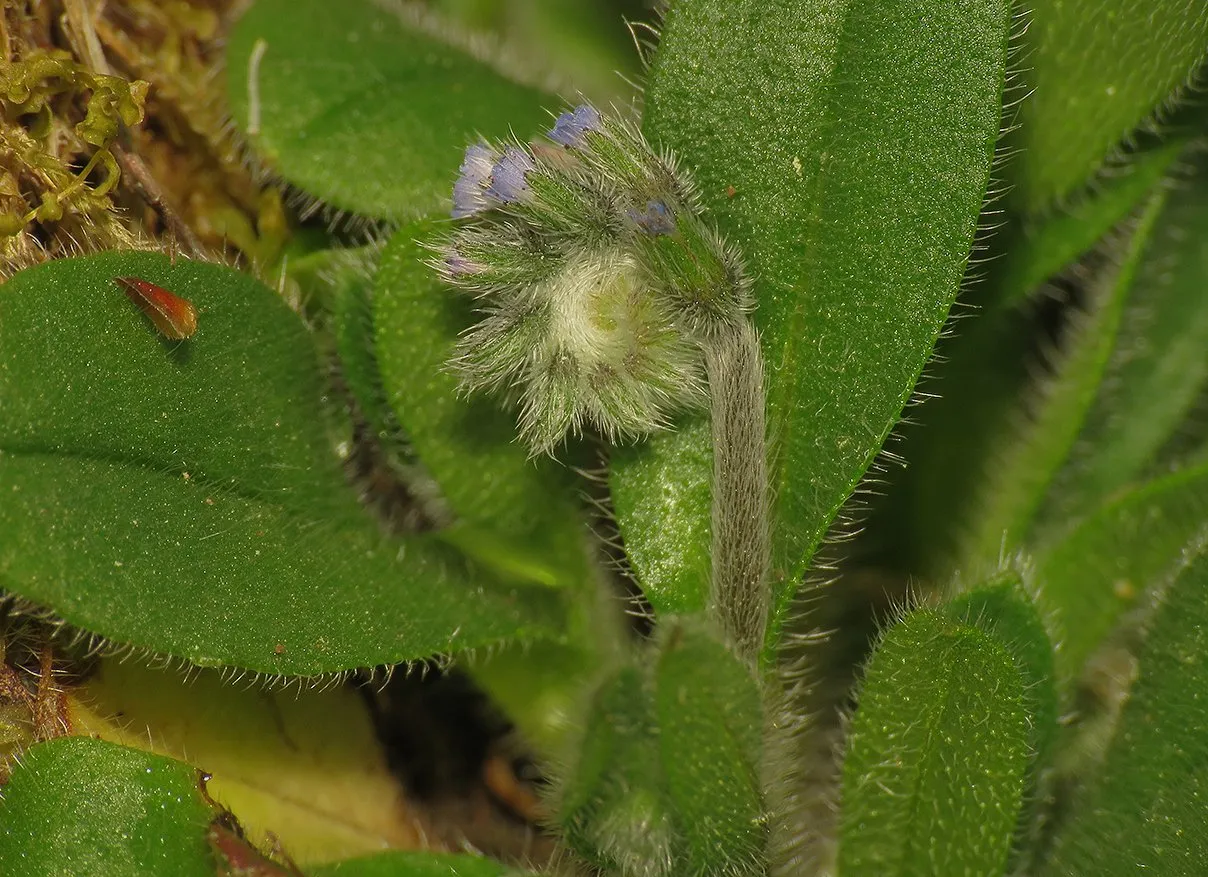
... is also abundantly covered with hair.
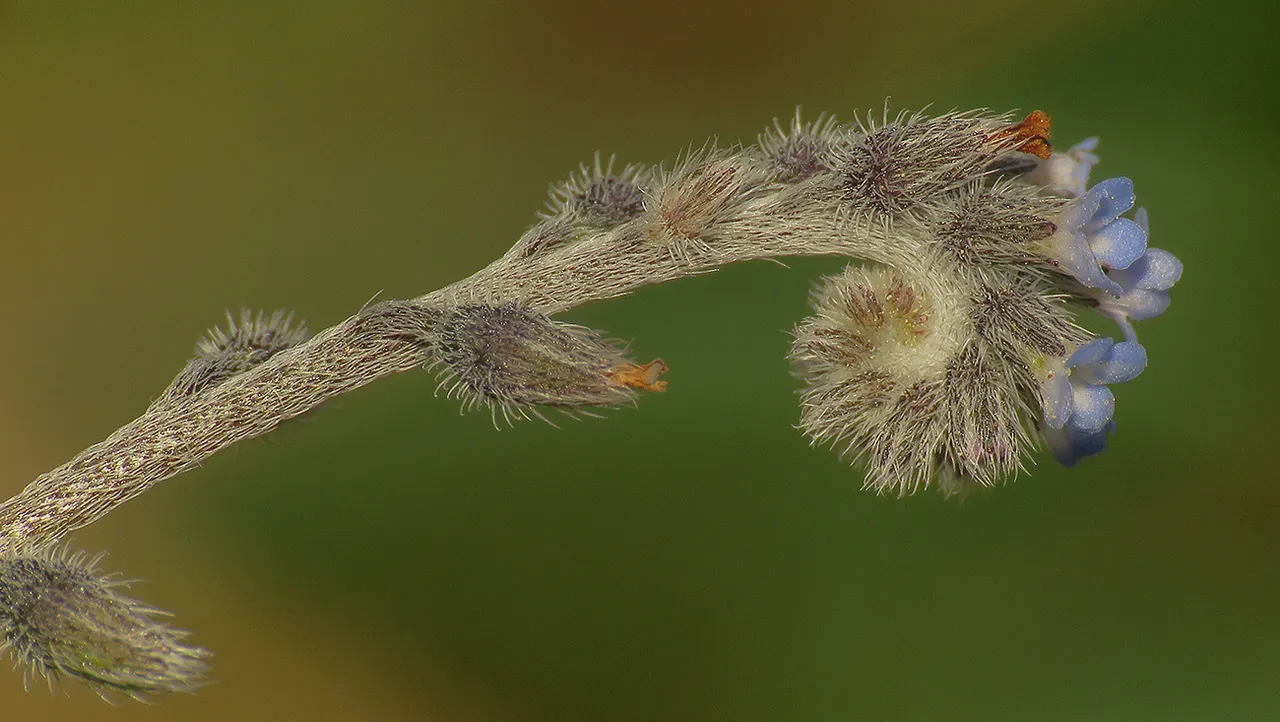
The blue flowers are minuscule ...
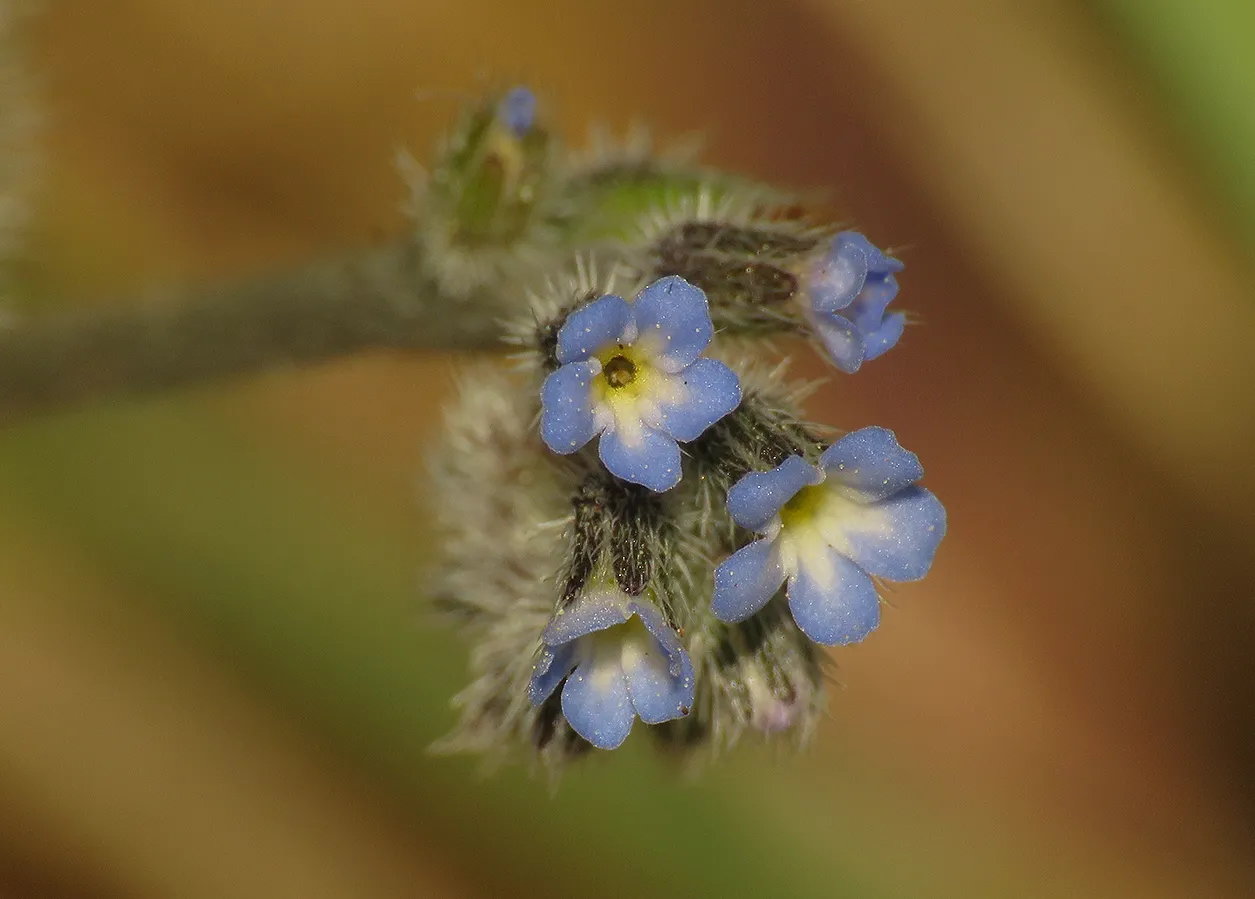
... but very beautiful when seen through a macro lens.

And now, with this closing close-up shot of the Hedypnois rhagadioloides plant, is time to end this little journey across the little garden on the rock, hidden among the dense growth of various Mediterranean shrubs.
As always in these posts on HIVE, the photographs are my work - THE END.
